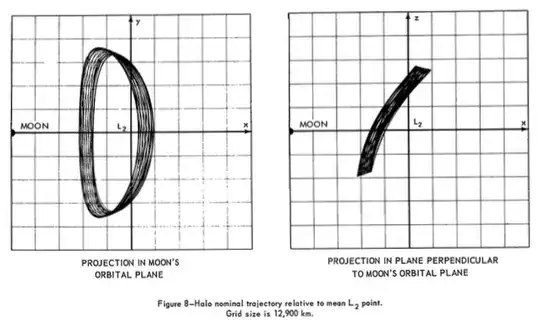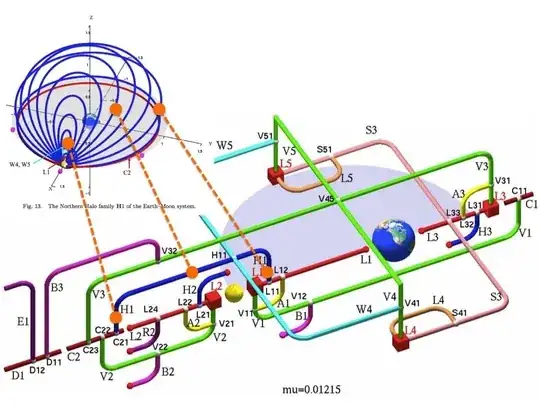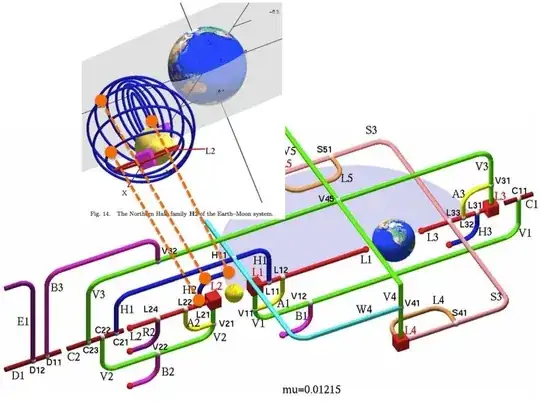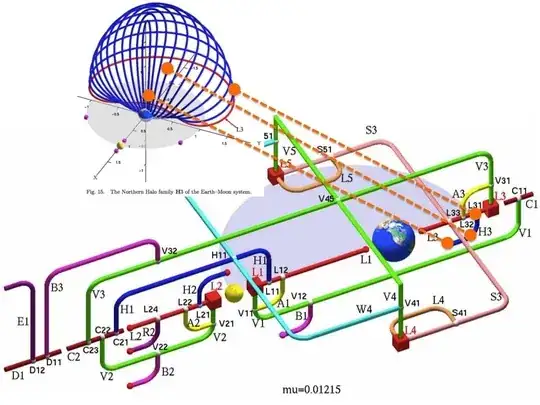Netwon's 1st and 2nd Laws outright fail if you omit pseudo forces
As an example, imagine a car at a traffic light that just turned green. Let's examine the forces and accelerations on the driver, and on her purse on the passenger seat, in two reference frames: the inertial reference frame of the street, and the accelerating reference frame inside the car.
For simplicity, we will assume the seats are frictionless. It's possible to elaborate the problem and include friction, but the outcomes are the same. We can ignore the forces in the vertical direction and will only consider the horizontal forces.
Before we continue, the most common mistake I've found that learners make is to go back-and-forth between the two reference frames. They often take forces or use arguments that exist in one of the reference frames, and incorrectly apply them in the other reference frame, leading to wrong results. Pick one reference frame and stick with it until you have finished your analysis of that reference frame, then continue to the other reference frame.
Also, I've found that it's better to explain pseudo forces first with an example in horizontal linear motion. Then I elaborate the idea with a vertical motion elevator example. Once my students understand the concept, then they are ready to combine it with circular motion. Too many instructors try to do it all at once, which results in cognitive overload for many students. They get wrapped up in the centripetal/centrifugal distinction instead of focusing on the important ideas.
First, consider the forces and accelerations as seen by an observer in the inertial reference frame of the street:
- There is zero net force on the purse. Indeed, there are no forces on the purse -- we said there is no friction, and there are no pseudo forces in an inertial frame.
- The acceleration of the purse is zero. To the person on the street, the purse simply appears at rest and remains at rest. The car however is accelerating underneath the purse.
These two previous statements (zero net force, zero acceleration) follow the 1st and 2nd Laws.
- There is a forward net force on the driver. The back of her seat (part of the car) pushes her forward. There are no other horizontal forces, so the force by the seatback equals the net force.
- The driver accelerates forward. Indeed, she appears to accelerate with the car.
If you do the math, you find out that the net force and acceleration are exactly what you would expect from the 2nd Law. The 1st Law does not apply because neither the net force nor acceleration are zero.
Sir Isaac is happy.
Now switch your reference frame to inside the car. It is an accelerating reference frame, so every object now sees an additional pseudo force in the opposite direction (backwards) of the reference frame's acceleration (forwards).
- The net force on the purse is now nonzero. There is now one horizontal force on the purse: the pseudo force, which pushes backwards.
- The purse accelerates backwards. We see the purse move back along the seat.
If you do the math, you find out that the net force and acceleration are exactly what you would expect from the 2nd Law. The 1st Law does not apply because neither the net force nor acceleration are zero.
- The net force on the driver is now zero. She has two horizontal forces on her: the seat back pushing her forward, and a psuedo force pushing her backward. If you do the math, you find out that these forces are equal and cancel each other out.
- The driver's acceleration is zero. She appears to remain in place in her seat.
These two previous statements (zero net force, zero acceleration) follow the 1st and 2nd Laws.
Sir Isaac is still happy.
"But they're not real forces." Okay, let's see what you get when you omit pseudo forces from the net force. It doesn't matter in the inertial frame, since those pseudo forces are always zero. So reconsider the accelerating frame without pseudo forces:
- The net force on the purse is zero, as there are no horizontal forces.
- We see the purse slide backwards on the seat, so it has nonzero acceleration.
A nonzero acceleration with a zero net force is not possible under the 1st and 2nd Laws.
- The net force on the driver is nonzero and forwards, caused by the seatback pushing on her.
- We see the driver remain in place, so her acceleration must be zero.
Under the 2nd Law, a nonzero net force cannot cause zero acceleration.
Sir Isaac is unhappy. You must include the pseudo forces in the net force.
But pseudo forces do not obey the 3rd Law
What does the 3rd Law actually mean?
If object A pushes on object B, then object B pushes back on object A with an equal and opposite force.
So for example, the seat back pushes forward on the driver. The driver then pushes backward on the seat back, with an equal amount of force.
But what about the pseudo force on the driver? We know it's a backwards force. What object is actually causing this force?
Students usually reply "the seat back". But we already accounted for that force, and furthermore it is a forward force, not a backward force.
I also get "the air" as an answer. Nope, you can repeat this experiment without air and it makes no difference. Not the air.
Sometimes I get "the gas pedal" or "the floor of the car". You can repeat this experiment without such contact (e.g. self-driving car) and you will see that it makes no difference.
The correct answer is there is no object creating this force. It is a result of being in an accelerating reference frame. That's why it is a "fictitious" or "psuedo" force!
So if there is no object creating the force, the 3rd Law fails. There is nothing to push back on with an equal and opposite reaction.



